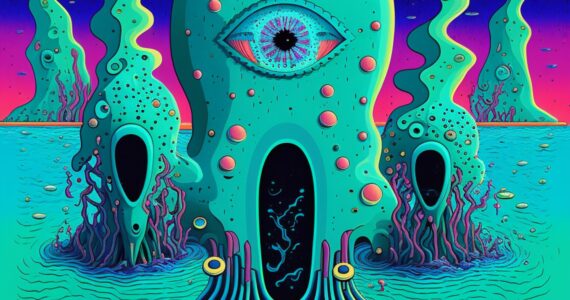Psychoactive Toads – Will licking toads make you high?

Psychoactive Toads – Will licking toads make you high?
While kissing toads might get you a prince, licking them won’t get you high. So before you go licking amphibians let’s find out what is the truth about psychoactive toads, what do they promise and what do they deliver.
Let’s start with the myth, that popular vision of hippies running around in nature finding brightly coloured toads and licking their backs and getting high as kites singing chants and dancing naked. It must be true, we’ve all seen Homer Simpson licking toads and going on bizarre trips, didn’t we? Well while it might have happened to poor Homer, in reality it probably never happened, and if it did, there was was probably no high involved. Something not so nice might have happened though.
we’ve all seen Homer Simpson licking toads and going on bizarre trips, didn’t we? Well while it might have happened to poor Homer, in reality it probably never happened, and if it did, there was was probably no high involved
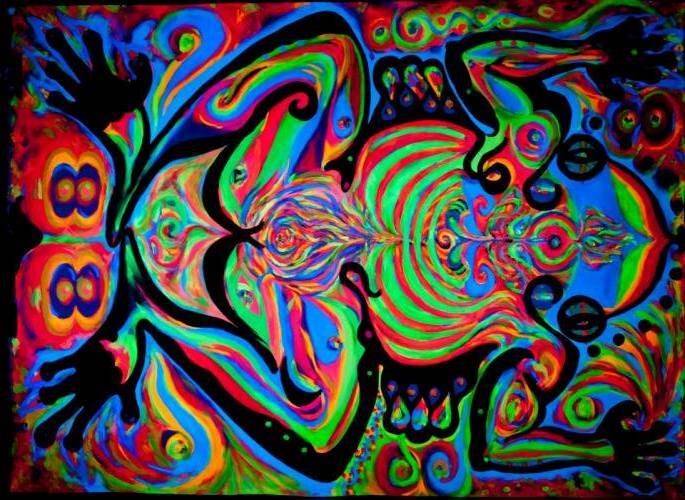
So to bring chaos to order, this is what we are talking about. Psychoactive toad is a name that has been used for toads from which psychoactive substances from the family of bufotoxins can be derived. These substances serve the toad to protect itself and serves as its primary defense system. The toad’s glands produce a poison that may be potent enough to kill a grown dog. The main species of toad we are talking about and the only one really relevant to our story is the “Bufo alvarius” (Colorado River toad or Sonoran Desert toad). And the reason it is relevant is because its poison contains 5-MeO-DMT and bufotenin. Other species contain only bufotenin. 5-MeO-DMT and bufotenin both belong to the family of hallucinogenic tryptamines. Due to these substances the skin or poison of the toads may produce psychoactive effects when ingested.
5-MeO-DMT (5-methoxy-N,N-dimethyltryptamine) is a psychedelic of the tryptamine class. It is found in a wide variety of plant species in South America besides the “Bufo alvarius”. In its pure form it is extremely potent and causes vivid hallucinations.
The Sonoran Desert is a vast irregular-shaped area of some 120,000 square miles. It stretches from southeastern California across the southern half of Arizona and extends south into Sonora, Mexico. It is a harsh zone with high temperatures very little rainfall. There resides the “Bufo alvarius”. Unlike most toads, it is semi-aquatic and must remain in the vicinity of dependable water in order to survive. Therefore, its principal habitat is within the drainage of permanent rivers and streams.
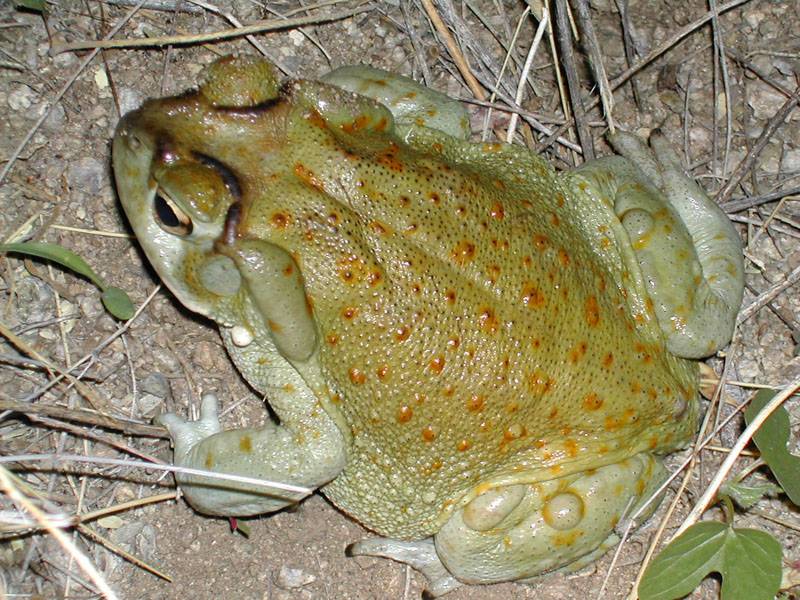
Bufo alvarius in nature
You cannot ingest 5-MeO-DMT by licking a psychoactive toad as it would be destroyed in the stomach. Instead you might find yourself feeling the effects of the many toxins present in psychoactive toad venom that could cause you to become very sick or even die. So you should refrain from touching a psychoactive with your bare skin, and you really should not lick it.
The way the hallucinogenic drug is derived is by “milking” the toad by holding it with a gloved hand and stroking its skin with something sharp or by squeezing its glands. The venom is then rubbed and collected onto a glass plate, and left to dry completely. Then the dried venom is smoked with a glass pipe in a similar way to DMT.
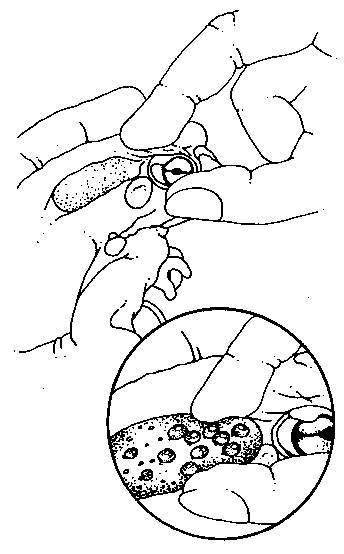
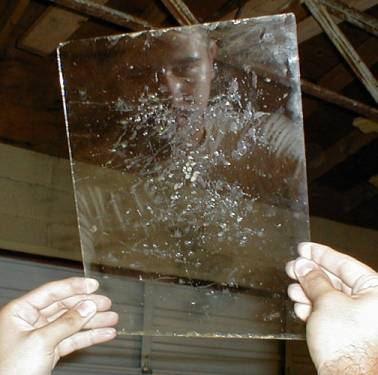
“Milking” the toad’s glands and collecting it on glass
in 1959, 5-MEO-DMT was identified as the predominant alkaloid in the hallucinogenic snuffs of several tribes in South America. These primal people have long prepared mind-altering snuffs from flowers, seeds, bark, and stems of indigenous plants.
5-MeO-DMT (5-methoxy-N,N-dimethyltryptamine) is a psychedelic of the tryptamine class. It is found in a wide variety of plant species in South America besides the “Bufo alvarius”. In its pure form it is extremely potent and causes vivid hallucinations. It was first synthesized in 1936, but its mind-expanding effects were not discovered for more than twenty years. Then in 1959, 5-MEO-DMT was identified as the predominant alkaloid in the hallucinogenic snuffs of several tribes in South America. These primal people have long prepared mind-altering snuffs from flowers, seeds, bark, and stems of indigenous plants. 5-MeO-DMT has ten times the relative potency of dimethyl tryptamine (DMT). However, 5-MeO-DMT differs from DMT as it has a methoxy group in the 5 position on the indole ring, DMT does not. The presence of this methoxy group greatly increases the lipid solubility of the molecule. This allows 5-MEO-DMT to penetrate the blood-brain barrier and reach sites of action more rapidly than DMT. 5-MeO-DMT is considered an illegal drug in most countries.
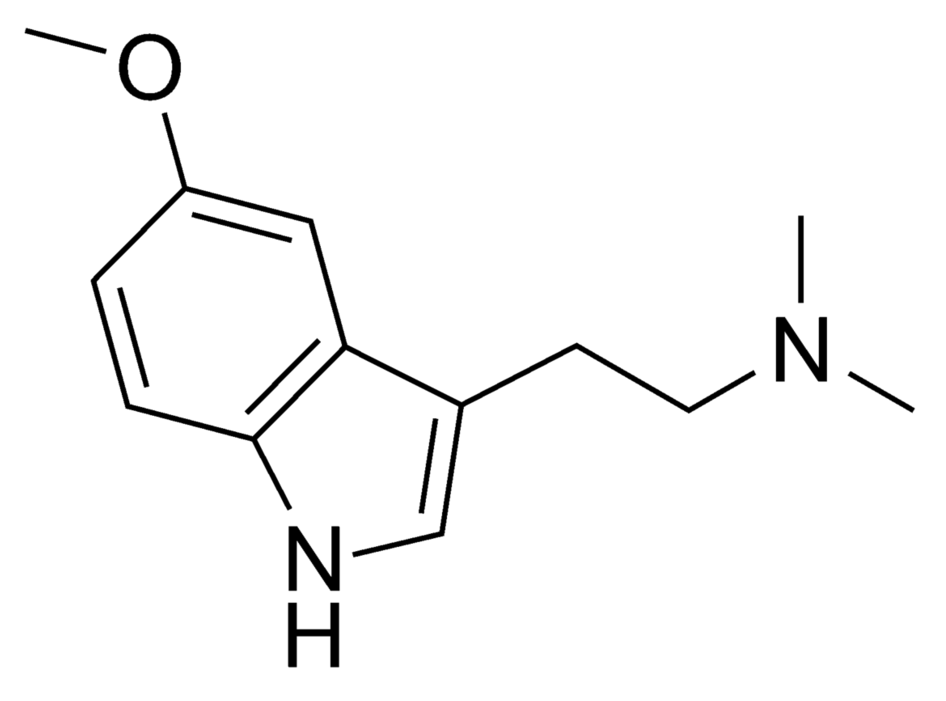
5-MeO-DMT
You can learn a bit more about the psychoactive toad in the following Vice movie. We must say that (not for the first time) this movie from Vice makes us quite uncomfortable about the way it treats psychoactives, we feel a bit more seriousness and respect is needed when you approach this subject.
So, whether you decide to experiments with 5-MeO-DMT or not, be sure not to lick the next toad you see!





